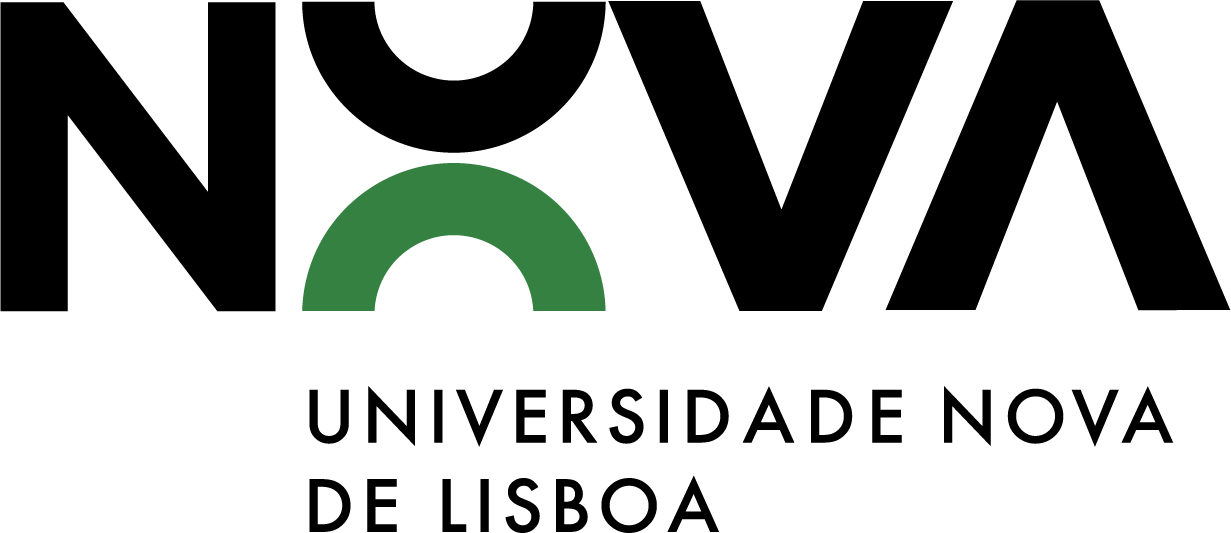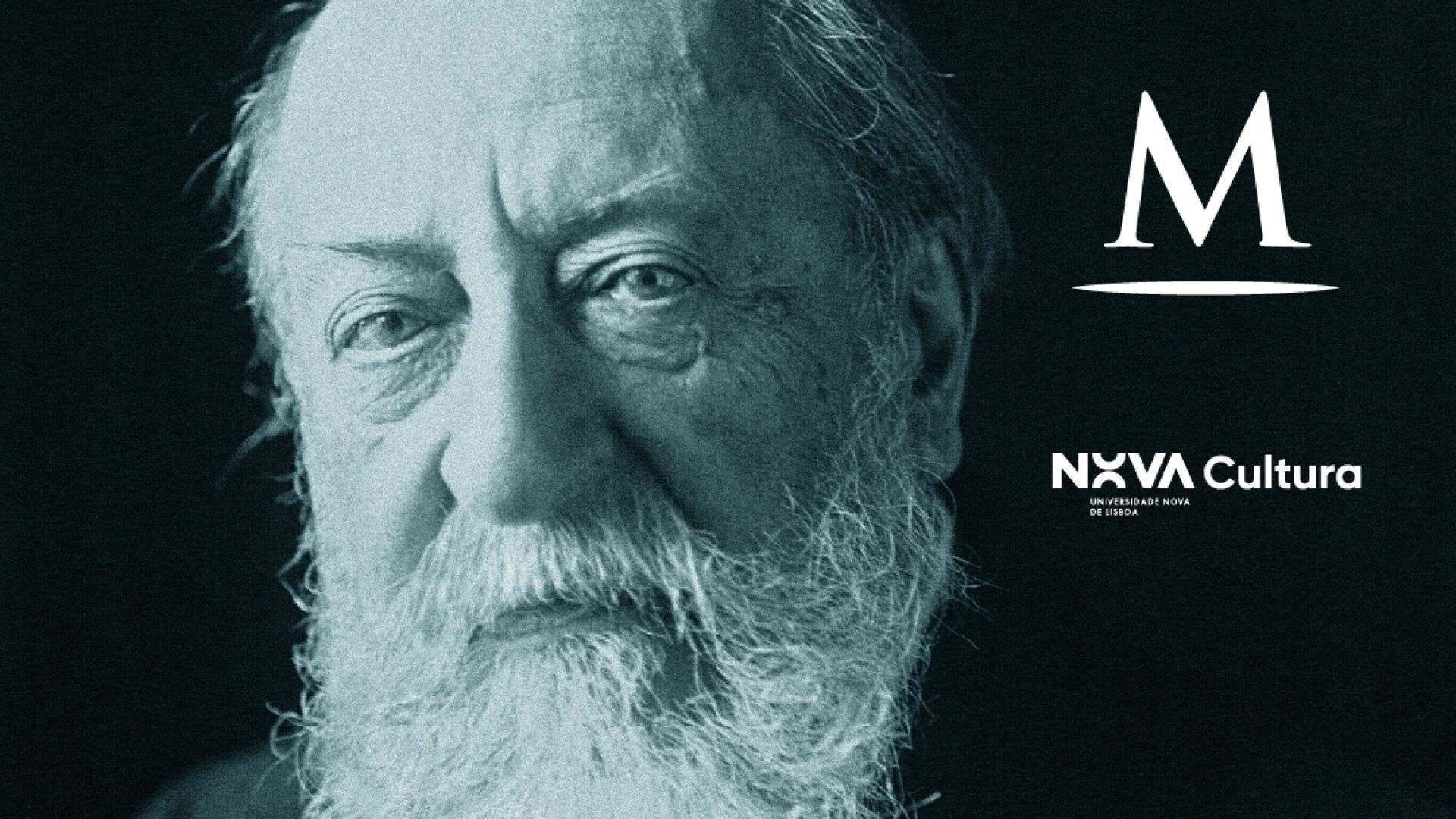Saturday, October 11, 5 p.m., Auditorium of NOVA University Lisbon Rectorate.
With a program entirely filled with music by French composers, the students of the Metropolitan Academy begin another season of “General Rehearsal” concerts. It all begins with the modernist sound of Edgard Varèse, who composed “Octandre” in 1923. This title, in the context of botany, means a flower with eight stamens. By analogy, the score is intended for eight instrumentalists—flute, oboe, clarinet, bassoon, French horn, trumpet, trombone, and double bass. Then, by Maurice Ravel, they perform “Le tombeau de Couperin” (The Tomb of Couperin), from 1919, a war memorial that, instead of sadness and heroism, surprises us with a suite of baroque dances. With a sarcastic tone, it evokes the nostalgia and grace of an unlikely experience in the context of war. They conclude with a more classical score, but full of youth and irreverence. Camille Saint-Saëns’s second symphony was composed in 1859, when she was 24 years old. It combines German classicism with French sensibility, formality with elegance.
Program
E. Varèse, Octandre, M. Ravel, Le tombeau de Couperin, C. Saint-Saëns, Symphony No. 2
Musical Director: Jean-Marc Burfin and/or Conducting Students – ANSO
Detailed Program
Edgard Varèse (1883-1965) – Octandre (1923)7 min.
I. Assez lentII. Très vif et nerveux – III. Grave – Animé et jubilatoire
Maurice Ravel (1875-1937) – Le tombeau de Couperin (1914-1917 / orq. M. Ravel 1919)16 min.
I. PréludeII. ForlaneIII. MenuetIV. Rigaudon
Camille Saint-Saëns (1835-1921) – Sinfonia N.º 2, em Lá Menor, Op. 55 (1859)23 min.
I. Allegro marcato – Piu allegro – Tempo primo – Piu allegro – Tempo primo – Allegro appassionatoII. AdagioIII. Scherzo: Presto – Un poco meno mossoIV. Prestissimo – Andantino – Tempo primo
Free tickets for the NOVA Community by sending an email to relacoespublicas@metropolitana.pt until 08/10/25 – 6pm.


